Python OpenCV 学习轻松点,复习一下模板匹配吧
Python OpenCV 365 天学习计划,与橡皮擦一起进入图像领域吧。本篇博客是这个系列的第 49 篇。
学在前面
关于 OpenCV 中的模板匹配,在之前的博客 图像的模板匹配,Python OpenCV 取经之旅第 29 天。
模板匹配就是在一个目标图像(大图)中检索模板图像(小图),进行该操作的核心是两个函数,一个是 cv2.matchTemplate 另一个是 cv2.minMaxLoc 。
模板匹配是将模板图像在目标图像上进行滑动,从左到右,从上到下,一个一个区域进行,类似卷积操作。
由上文提及的博客,我们也知道,如果模板图像的大小是 w*h,目标图像的大小是 W*H,那匹配到的图像大小是 W-w+1,H-h+1,这步骤的操作是由 cv2.matchTemplate 实现的,接下来在由 cv2.minMaxLoc 函数查找最大值和最小值的像素点位置,拿到这个位置会后就可以在目标图像上进行绘制了。
通过案例简单复盘
编写测试代码如下,代码中对于 method 参数进行了基本的罗列:
先展示的结果是没有进行归一化操作的,后展示的为归一化操作的结果。
cv.TM_CCOEFF 运行结果
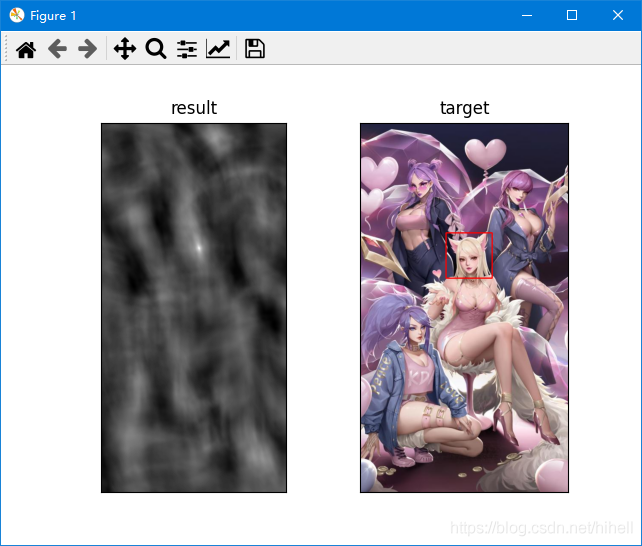
cv.TM_CCORR
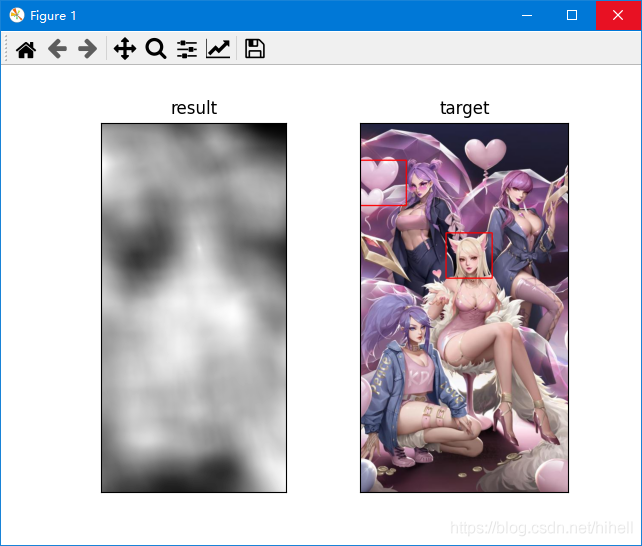
cv.TM_SQDIFF
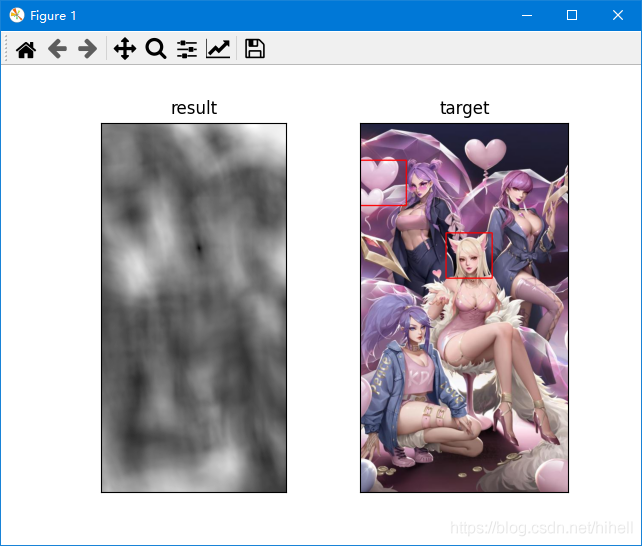
使用 cv.TM_CCORR_NORMED, cv.TM_CCOEFF_NORMED, cv.TM_SQDIFF_NORMED 等参数值的结果不在展示,问题出现在模板图片的选择上,因为左上角出现相同的像素点,所以导致有的结果出现 2 个匹配结果,最神奇的是,我对 result 进行输出,发现使用 cv.minMaxLoc 函数之后,并未返回多个结果,以下是参考数据,都是单个坐标。
为了验证出现的原因,我将矩形绘制的地方增加了颜色变动代码。
经过实验确定绘制的图像是上次绘制的残留,因为出现了如下内容,两次绘制的矩形边框颜色不一致问题。
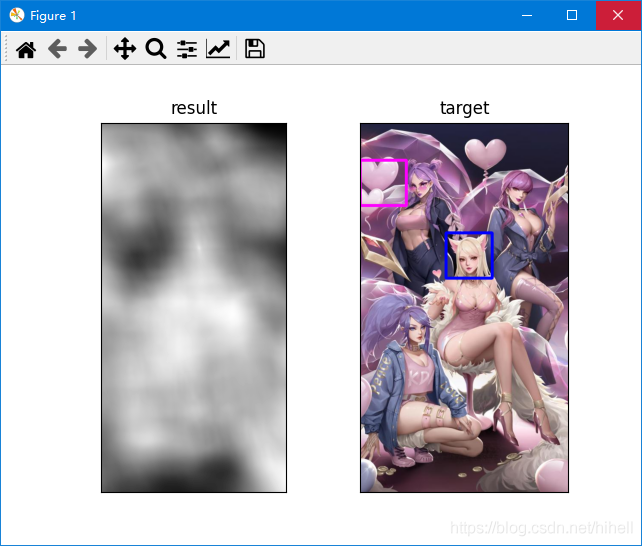
知道原因了修改就比较容易了,只需要在循环的时候重新加载一下原图即可。
在实际应用的时候,尽量使用带有归一化的参数,但是对于每个图像不同的参数都会导致不同的结果,需要给予实际情况进行判断,没有标准解。其它内容还可以去官网继续学习 地址
匹配到多个图像区域
在上述的案例中一直都是匹配到一个目标图像区域,如果希望在一幅图像中匹配到多个目标图像,使用下述代码即可。
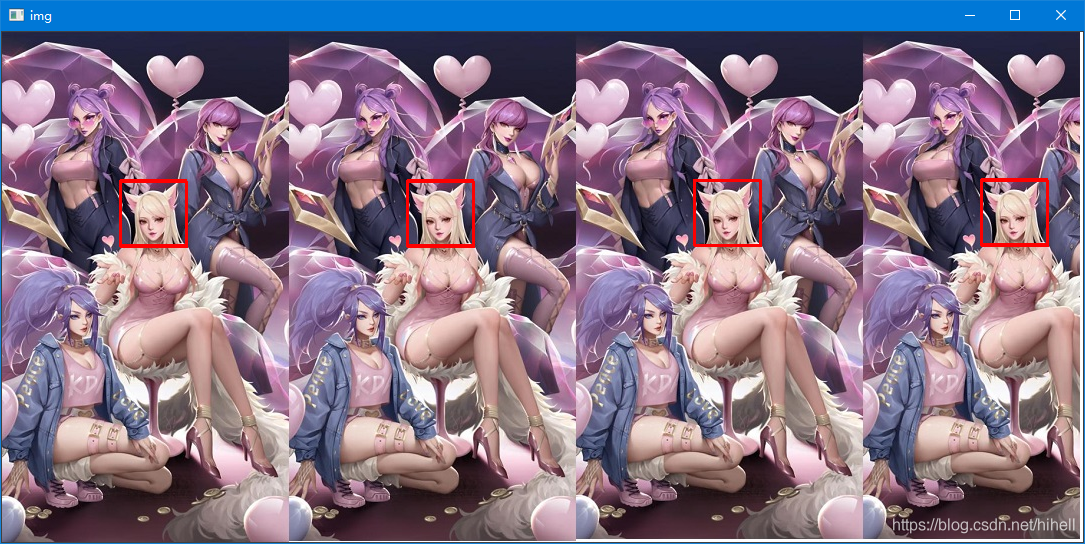
上述代码函数使用的是原函数 cv.matchTemplate 没有难度,重点在下面的代码部分出现的差异:
其中 threshold=0.8 相当于临界值的概念,用于筛选匹配到的结果大于 0.8 的坐标,相当于拿模板图像与目标图像去匹配,匹配度告诉 80%,表示匹配上了,否则没有匹配上,所以降低这个值会导致匹配的结果变多,你可以自行尝试一下。
其中 np.where(condition) 函数表示输出满足 condition 的坐标,注意不是值,是坐标。接下来的操作其实是对图像坐标的一些细节处理了,如果你对代码不清楚,可以按照下述输出进行比对
输出结果如下:
使用 loc = np.where(result >= threshold) 之后,得到了所有大于 0.8 的坐标点,但是这些点都是横纵坐标分开顺序排列,并且是孤立的,而且图像在绘制的时候,横纵坐标顺序是反着的,先高即纵,后宽即横,捣鼓清楚了,其他的都是 Python 基本操作。
对坐标理解清楚之后,完全可以修改代码如下,不需要这些变换,得到的结果是一致的。
为了提高效率,可以匹配灰度图,然后在彩色图像绘制即可。
橡皮擦的小节
希望今天的 1 个小时你有所收获,我们下篇博客见~
博主 ID:梦想橡皮擦,希望大家<font color="red">点赞</font>、<font color="red">评论</font>、<font color="red">收藏</font>。
版权声明: 本文为 InfoQ 作者【梦想橡皮擦】的原创文章。
原文链接:【http://xie.infoq.cn/article/e293414faa36f6821bce51e26】。文章转载请联系作者。












评论